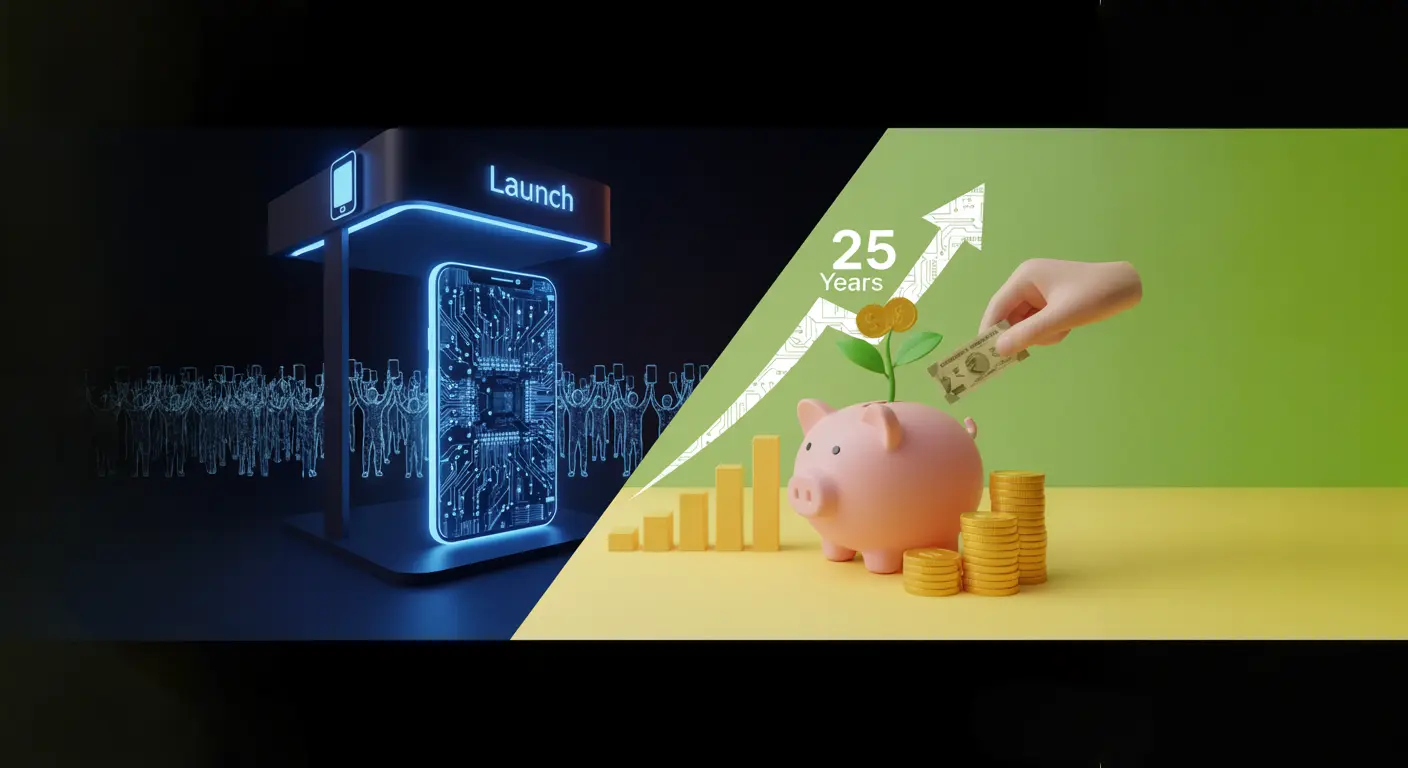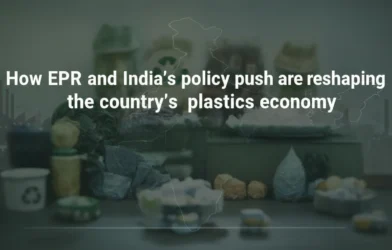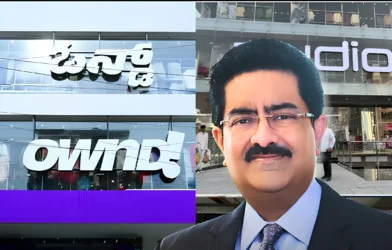As Apple’s iPhone 17 officially went on sale in India, familiar scenes of long queues outside Apple stores and a surge in pre-orders captured consumer attention. With its premium pricing—well over ₹1 lakh for top-end variants—the device has reignited an old but critical debate: is it wise to spend such a large sum on a smartphone, or could that money be better invested for the future?
The Price of Aspirational Technology
Apple has long positioned itself as a premium technology brand, and the iPhone 17 continues that tradition. While the base model starts at a relatively accessible price point, the Pro Max versions cross ₹1.9 lakh, putting them in the same bracket as an entry-level car or several months of household expenses for the average Indian family.
This pricing naturally raises questions about financial priorities. For some, owning the latest iPhone is about status, aspirational value, or professional utility. For others, it represents a significant opportunity cost—a sum that could instead be allocated to investments.
Vijay Kedia’s Timely Reminder
Amid this consumer buzz, well-known Indian investor Vijay Kedia seized the moment to highlight the importance of disciplined wealth creation. Using the iPhone 17 launch as an example, he urged people to consider what ₹1 lakh invested in the stock markets today could yield in the future compared to spending it on a depreciating gadget.
The principle he pointed to is not new, but it resonates strongly at a time when financial literacy is gaining traction in India. By drawing parallels between consumption and compounding, Kedia emphasized the trade-off between instant gratification and long-term wealth creation.
The Power of Compounding vs. Instant Gratification
Financial planners often highlight the opportunity cost of consumer splurges. Consider this:
- If an individual spends ₹1 lakh today on an iPhone 17 Pro, the device will depreciate in value, likely worth a fraction of its price in three years.
- If the same amount is invested in a diversified equity mutual fund or quality stocks with an average annual return of 12%, that ₹1 lakh could grow to ₹3.1 lakh in 10 years and nearly ₹10 lakh in 25 years.
This stark contrast underscores the power of compounding—a concept that Kedia and other seasoned investors frequently emphasize.
A Wider Debate on Consumerism
The iPhone debate is part of a larger conversation about lifestyle inflation and consumer culture in India. With rising disposable incomes and easy access to credit, many young professionals are increasingly willing to spend on luxury gadgets, even if it stretches their finances.
Critics argue that this culture of instant consumption risks undermining financial security and wealth-building habits. Proponents, however, counter that spending on experiences and aspirational goods is equally valid if it enhances quality of life.
Technology vs. Investments: Can Both Coexist?
Financial experts suggest that the debate need not be an “either-or” scenario. With proper budgeting and planning, individuals can enjoy technological upgrades while still maintaining investment discipline. For example:
- Allocating a fixed portion of income (say, 20–30%) towards investments before discretionary spending.
- Opting for EMI or trade-in plans only if they do not disrupt long-term savings goals.
- Balancing short-term indulgences with long-term commitments like retirement funds, SIPs, or emergency savings.
India’s Growing Appetite for Both
Interestingly, the Indian market reflects both trends simultaneously. While demand for luxury smartphones like the iPhone 17 is rising, so too is retail participation in stock markets. Over 13 crore demat accounts are now active in India, a sharp jump from just a few years ago, showing that young Indians are keen on investing as much as they are on consuming.
This dual behavior suggests that the Indian middle class is striving to balance aspiration with prudence.
Conclusion
The launch of the iPhone 17 has once again proven that Apple products spark more than just consumer excitement—they spark financial debates. By linking the event to investment wisdom, Vijay Kedia underscored an important lesson: every rupee spent today has an opportunity cost tomorrow.
While there’s nothing inherently wrong in purchasing a high-end smartphone, the key lies in striking a balance. For those serious about long-term wealth creation, it’s worth remembering that the power of compounding can transform small sacrifices today into financial freedom tomorrow.
References
- Apple India – iPhone 17 Official Page
- Economic Times – Vijay Kedia Market Insights
- Moneycontrol – iPhone 17 Launch Coverage
- NSE India – Retail Investor Participation Data
- Bloomberg Technology – Apple Market Impact
Disclaimer: This article is based on information available from public sources. It has not been reported by EQMint journalists. EQMint has compiled and presented the content for informational purposes only and does not guarantee its accuracy or completeness. Readers are advised to verify details independently before relying on them.









